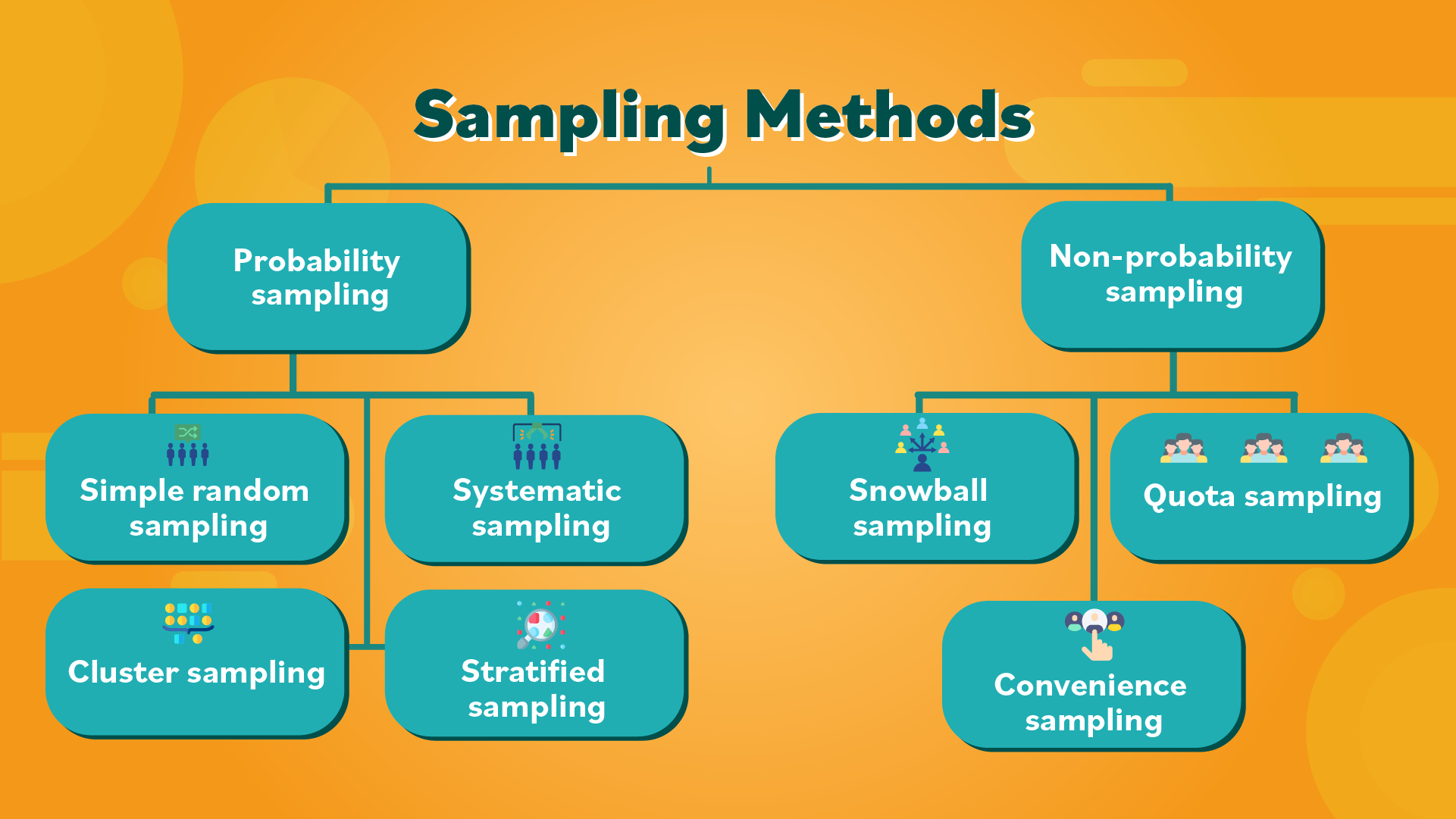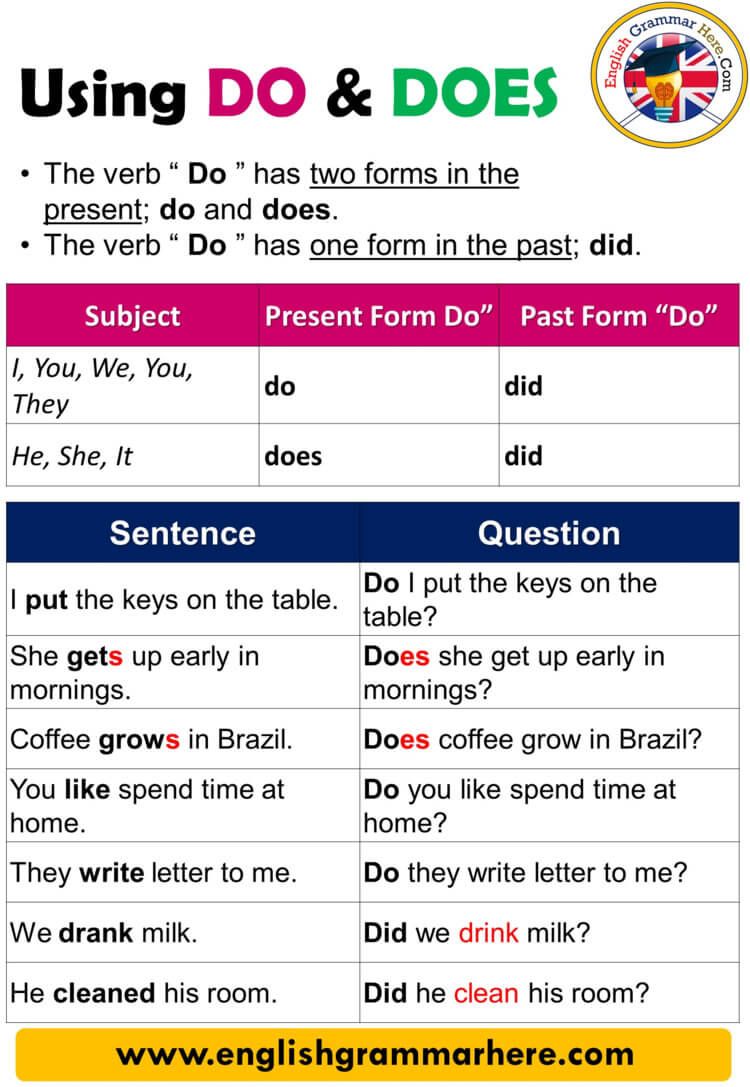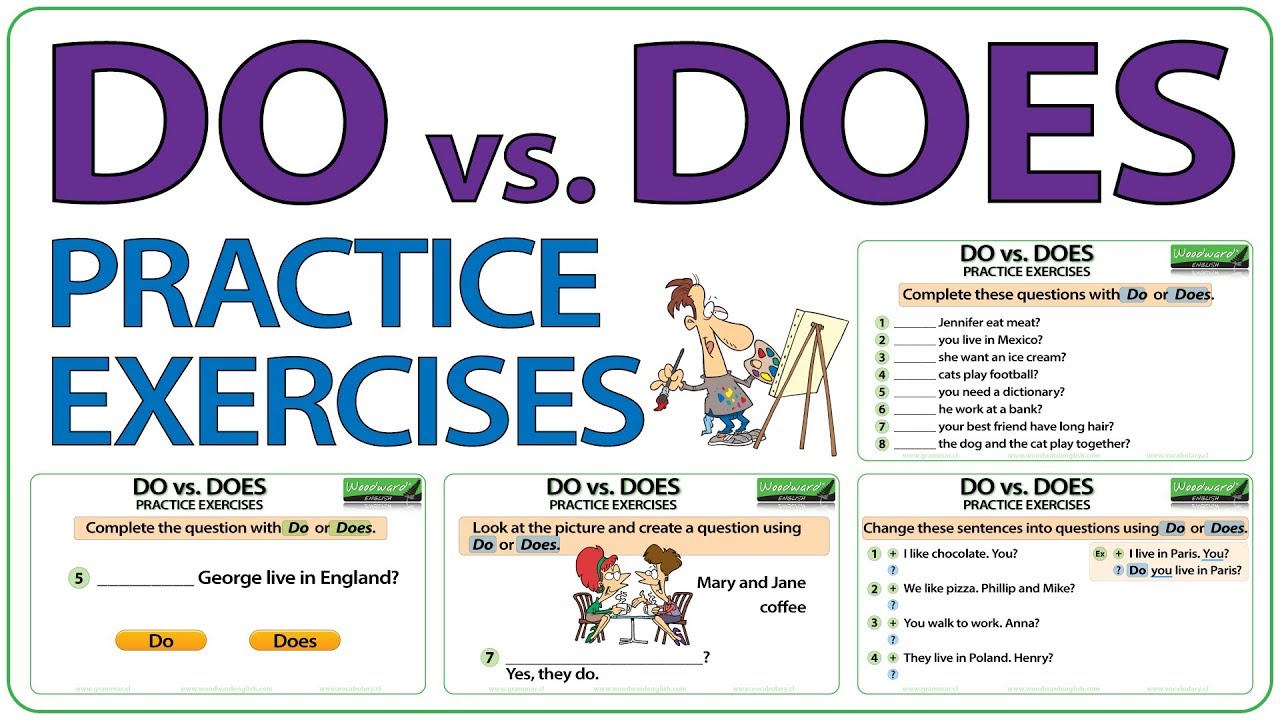Discovering Which Ice Cream Melts the Fastest: A Complete Science Project Guide
Introduction: The Science of Melting Ice Cream
Have you ever wondered why some ice creams melt faster than others? This science project takes you through the process of investigating which ice cream melts the fastest by comparing different types and brands. Understanding the factors that affect melting time can be both fun and educational, making it the perfect project for science fairs or at-home exploration. This guide provides step-by-step instructions, real-world experiment examples, and practical advice for conducting your own experiment.
Formulating Your Hypothesis
Every good science project starts with a hypothesis-a prediction you can test. For this experiment, your hypothesis might be: “Ice creams with lower fat content melt faster than those with higher fat content,” or “Homemade vanilla ice cream will melt faster than gelato.” Consider what you know about different ice cream textures, ingredients, and brands, and make an educated guess based on these observations. Previous experiments have shown that homemade or original recipe vanilla ice cream can melt faster than other varieties, challenging common assumptions about texture and fat content [1] .
Gathering Materials and Setting Up the Experiment
To carry out this project, you’ll need the following materials:
- At least five different types or brands of ice cream (e.g., regular vanilla, low-fat vanilla, sugar-free vanilla, gelato, frozen yogurt)
- Ceramic or glass bowls (one for each ice cream sample)
- An ice cream scoop for consistent sample sizes
- A timer or stopwatch
- Paper and pencil (or a digital device) to record data
For brand comparisons, you might select popular options such as Blue Bunny, Great Value, Breyers, Tillamook, and Haagen Dazs, as these have been tested in previous student experiments [2] .
Step-by-Step Experimental Procedure
Follow these steps to ensure your experiment is controlled and the results are reliable:
- Prepare your samples: Take one even scoop of each type or brand of ice cream and place them into separate, identical bowls.
- Set the environment: Place all bowls at room temperature, spaced evenly apart, and away from direct sunlight or drafts to maintain consistent conditions.
- Start timing: Begin timing as soon as the ice cream is placed in the bowls. Observe each sample carefully.
- Record the melting process: Decide on a standard for “completely melted” (such as when the ice cream turns to liquid with no solid remaining) and record the time for each sample when it reaches this point.
- Repeat trials: To ensure accuracy, repeat the experiment at least two more times for each sample and calculate the average melting time.
For a variation, some students use a microwave in 5-second intervals to speed up melting and observe differences, but be sure to use the same interval for all samples for fairness [1] .
Data Collection and Analysis
Keep a detailed data table with the following columns:
- Ice Cream Type/Brand
- Trial Number
- Time to Melt (seconds or minutes)
- Observations (texture, color, changes in consistency)
After completing your trials, calculate the average melting time for each ice cream. Create a bar graph or chart to visualize which sample melted fastest. In previous experiments, homemade vanilla or original recipe ice cream often melted the fastest, with average times as low as 22 seconds in controlled microwave tests [1] . Conversely, students found that Haagen Dazs, which has higher fat content, melted faster in room temperature tests, suggesting that other factors like ingredient composition and air content can play significant roles [2] .
Understanding the Science: Why Do Some Ice Creams Melt Faster?
The rate at which ice cream melts is influenced by several factors:
- Fat Content: Higher fat ice creams generally resist melting, as fat stabilizes the structure. However, in some cases, premium brands with more fat can melt quickly due to other factors like less air (overrun) and different emulsifiers [2] .
- Air Content: Ice creams with more air (cheaper brands) may melt faster because the air pockets allow heat to penetrate more quickly.
- Sugar and Additives: Sugar and various stabilizers affect the freezing and melting points, altering how quickly ice cream liquefies.
- Serving Conditions: The temperature and airflow of the room, as well as the material of the serving bowl, can also impact results. Always keep these variables consistent for accurate comparisons.
Understanding these variables helps explain why results may differ between brands, even if their labels suggest similar ingredients.
Interpreting Results and Drawing Conclusions
Once your data is collected and analyzed, compare your results with your initial hypothesis. Were your predictions correct? For example, if you hypothesized that lower fat content would melt faster but found that a premium, high-fat ice cream melted the fastest, consider possible explanations such as differences in air content or stabilizer use. Use your data chart and graphs to support your conclusions. Highlight any patterns you observed and consider possible sources of error, such as variations in room temperature or sample size.
Reporting and Presenting Your Science Project
For science fairs or school assignments, create a clear report including:
- Introduction and hypothesis
- Materials and methods
- Data tables and graphs
- Analysis and conclusion
- Discussion of potential improvements and alternative approaches
Consider including photos of your experiment setup and melting stages, if allowed. Present your findings using simple, clear language and visual aids to engage your audience.

Source: clearinghouse.starnetlibraries.org
Alternative Approaches and Further Investigation
If you want to expand or modify your experiment, consider testing:
- Different flavors or types (chocolate, strawberry, non-dairy, etc.)
- The impact of environmental factors, such as sunlight versus shade or different serving containers
- The effect of adding toppings or mix-ins (like candy or fruit) on melting rate
For more ideas, review science project resources from reputable organizations such as
Science Buddies
and
Science News Explores
. You can search for related guides using terms like “ice cream melting science project” or “effects of additives on ice cream melt rate.” These resources often provide step-by-step instructions and troubleshooting tips for common issues
[3]
,
[4]
.
Troubleshooting and Experiment Tips
Common challenges in this project include inconsistent sample sizes, fluctuating room temperatures, or inaccurate timing. To address these, always:
- Use the same measurement for each ice cream scoop
- Conduct all trials under the same environmental conditions
- Start timing immediately when the ice cream is placed in the bowl
- Repeat experiments to rule out anomalies
If you encounter issues, adjust your methods as needed and document any changes in your data table or final report.
How to Access More Information and Support
For official science project guidelines, downloadable data tables, and further reading:
- You can search for “ice cream melting science project” on the official Science Buddies website or consult science fair guides provided by your local school district or educational organization.
- Many local libraries and school science departments offer resources and advice-consider reaching out to your science teacher or librarian for support.
- If you are interested in more advanced projects or ideas, search for “melting point experiments” or “food chemistry activities” from reputable educational platforms.
Summary and Key Takeaways
This science project offers a hands-on way to learn about chemistry, physics, and food science by investigating which ice cream melts the fastest. By carefully selecting your samples, controlling your variables, and recording your results, you’ll gain valuable insights into the factors affecting melting rates. Whether for a school assignment or personal curiosity, this project provides a foundation for future scientific exploration and critical thinking.

Source: physicsanduniverse.com
References
- [1] Crest Memorial School (2018). Science Fair – Melting Ice Cream.
- [2] SARSEF Virtual Fair (2024). Which Brand of Vanilla Ice Cream Melts the Fastest?
- [3] Science Buddies (2023). What Makes Ice Melt Fastest?
- [4] Science News Explores (2024). Experiment: What makes ice melt fastest?
- [5] HiMama (n.d.). Melting Ice Experiment.
MORE FROM couponito.com













